Designing with Purpose: Sustainable Materials for Interior Design
Chosen theme: Sustainable Materials for Interior Design. Step into a world where beauty meets responsibility—where cork softens footsteps, recycled glass sparkles with second-life charm, and low-VOC finishes help you breathe easier. Join our community, share your material wins, and subscribe for fresh, actionable ideas that make every room gentler on the planet.
Foundations of Sustainable Material Choice
Great interiors start with questions: Where did this material come from? How long will it last? Can it be repaired, reused, or recycled? By mapping a product’s journey from extraction to disposal, you protect budgets, indoor health, and the planet. Tell us your must-ask questions when sourcing.

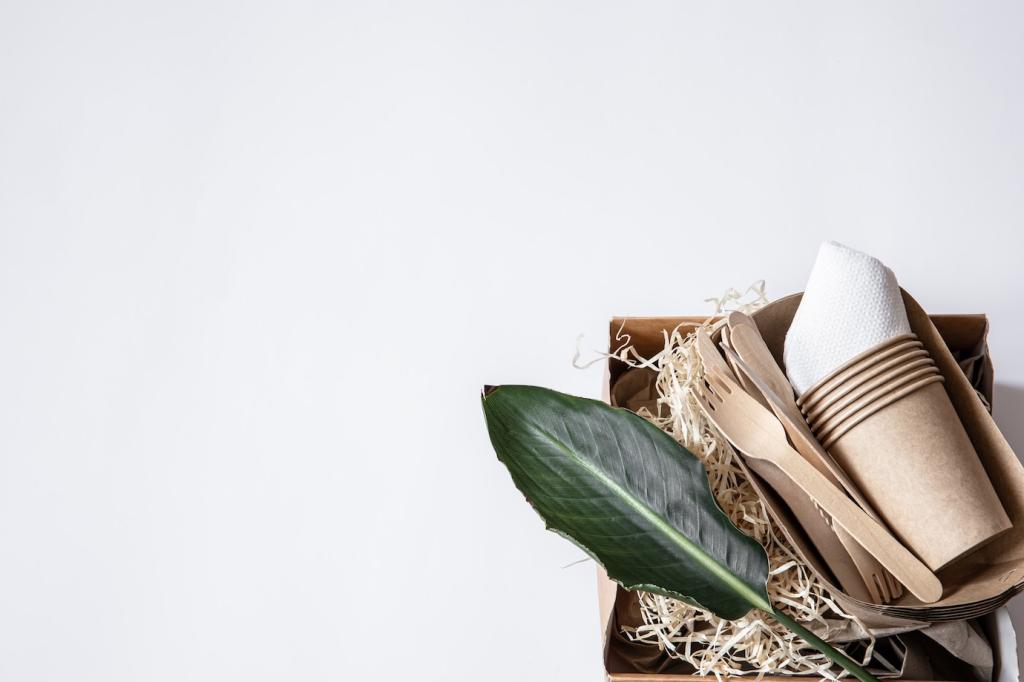
Foundations of Sustainable Material Choice
Look for trustworthy labels like FSC or PEFC for wood, Greenguard Gold for low emissions, Cradle to Cradle for circular design, and EPDs for transparent impacts. These aren’t just stickers—they’re shortcuts to accountability. Comment with the certifications you rely on, and we’ll compile a reader-tested guide.
Natural Materials Reimagined
Cork: Quiet, Warm, Renewable
Harvested from bark without felling trees, cork insulates sound, softens steps, and feels pleasantly warm underfoot. In a recent studio renovation, cork wall panels calmed echoes so much that meetings felt instantly more focused. Have you tried cork beyond flooring? Tell us where you’d use it next.
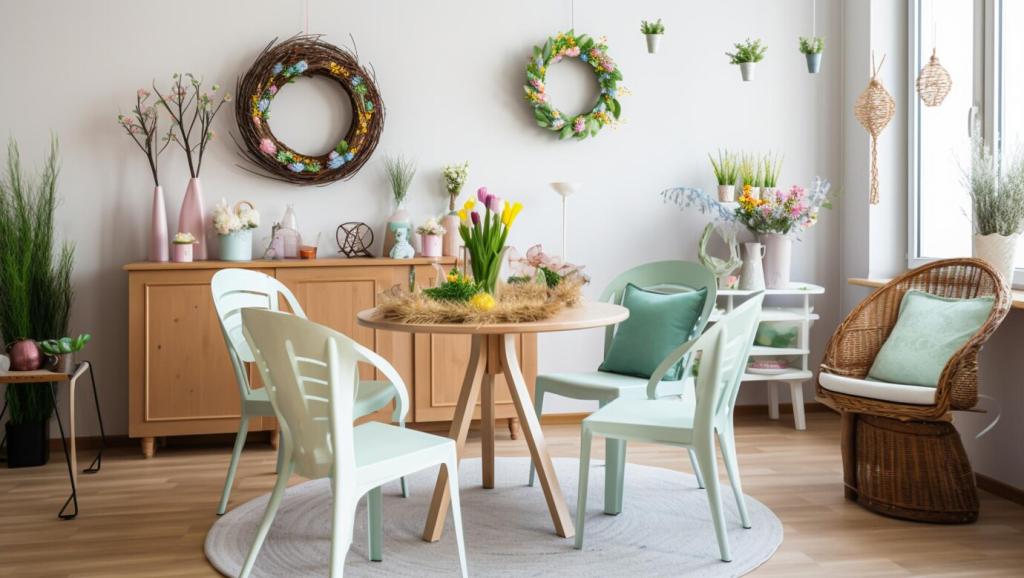
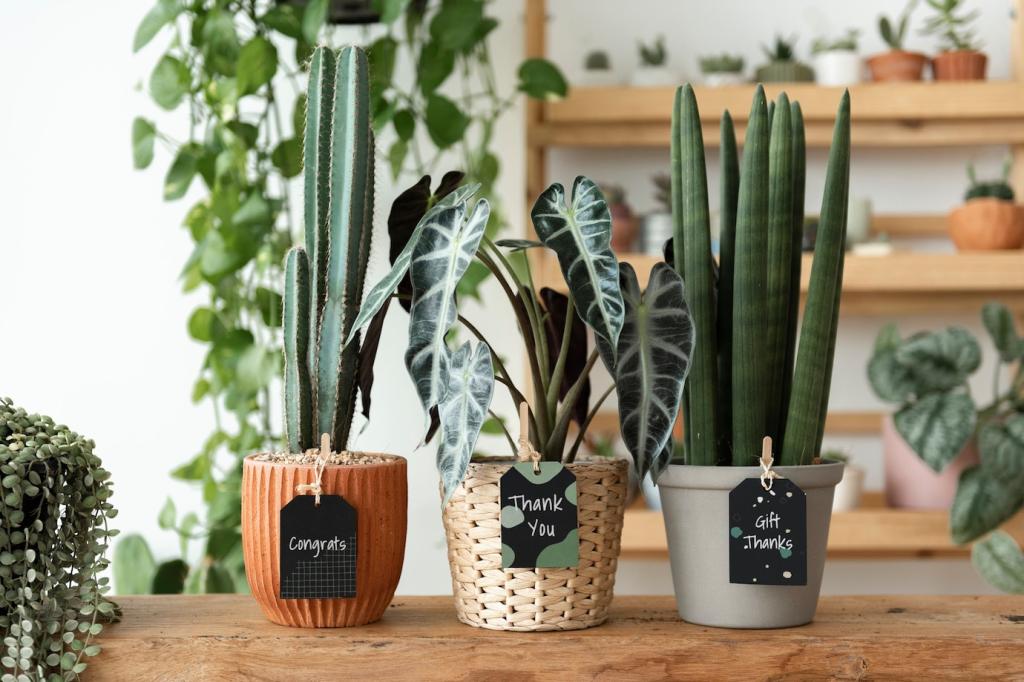
Bamboo’s Rapid Renewal
Bamboo matures quickly, making it a compelling alternative for cabinetry or flooring when responsibly processed. Strand-woven varieties provide exceptional hardness, while natural tones bring serenity. Ask suppliers about adhesives and emissions to keep it truly sustainable. Would you pick bamboo over oak? Vote in our poll and share why.
Recycled Content and Circular Design
Countertops and tiles made with recycled glass refract light like tiny jewels. Beyond their sparkle, they divert bottles from landfills and can be astonishingly durable. Pair with non-toxic sealers and thoughtful edges for longevity. Have a photo of your favorite glass mosaic? Share it to inspire other readers.
Recycled Content and Circular Design
Steel and aluminum boast high recycling rates and incredible durability. Brushed finishes hide fingerprints; powder coats resist chips with low emissions. We love recycled steel shelving for adaptive living rooms—strong, slim, and endlessly reusable. Tell us how you’d style metal to feel inviting, not industrial.
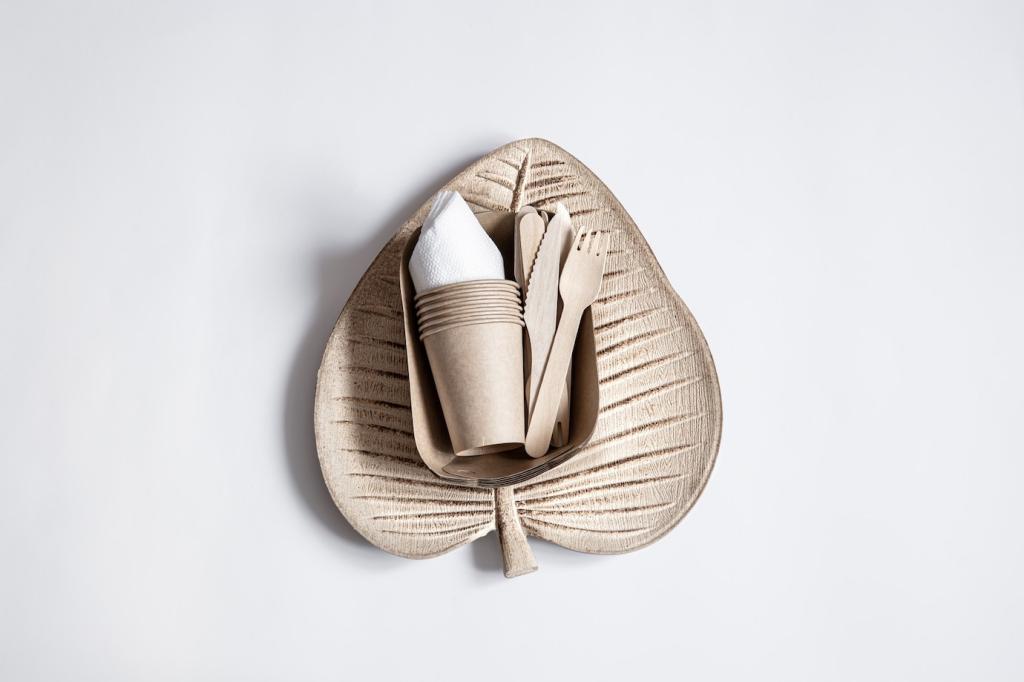
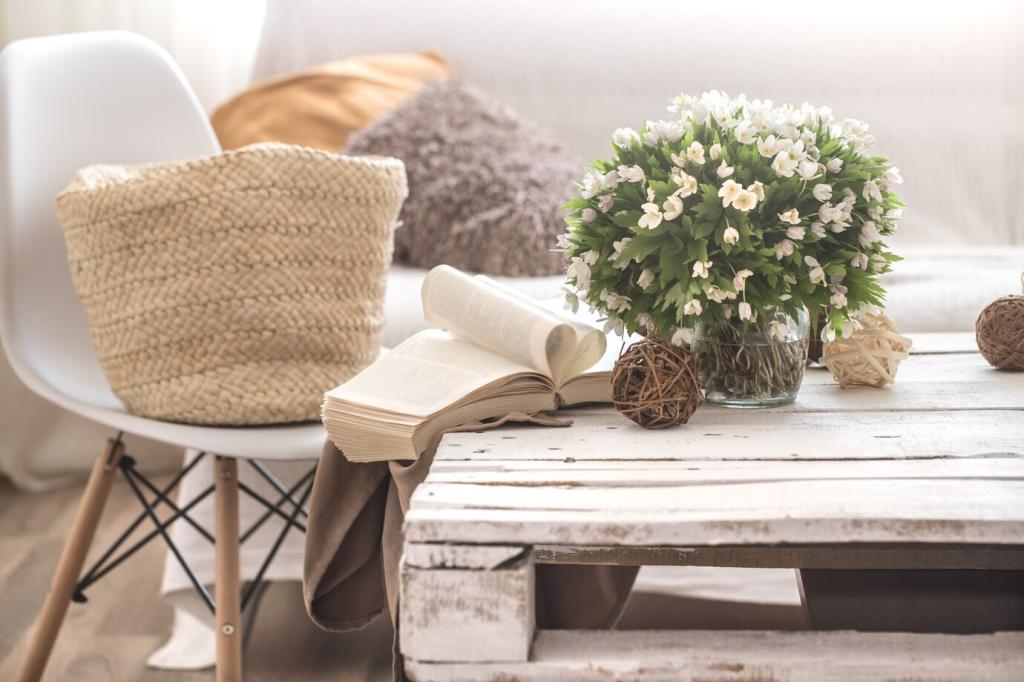
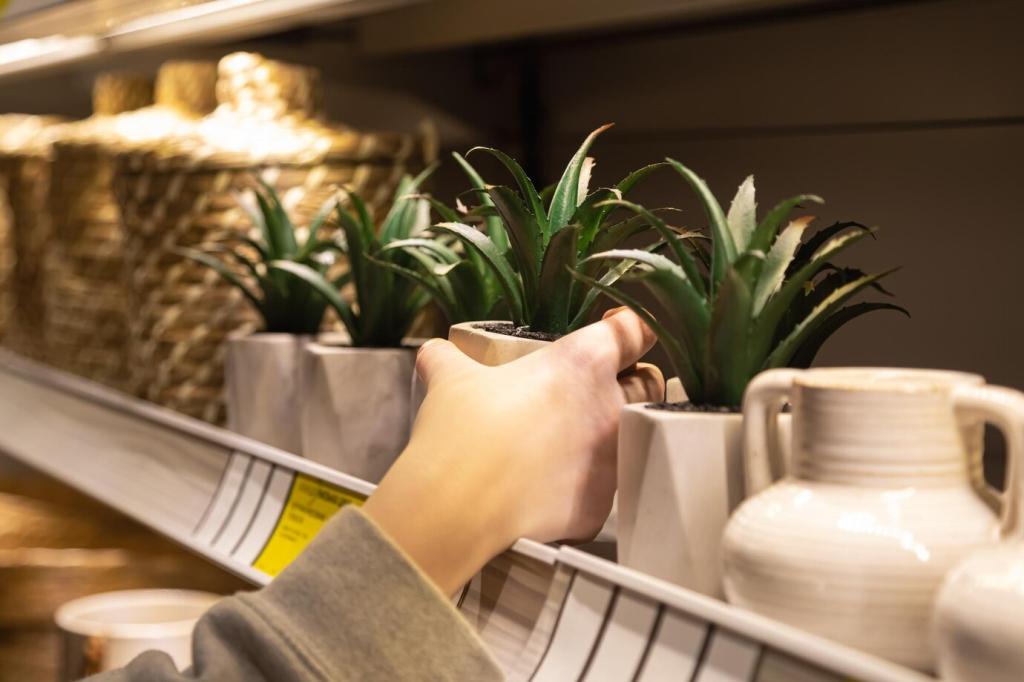

Healthy Interiors: Low-VOC and Non-Toxic Finishes
Strong smells aren’t a badge of quality; they’re often solvents evaporating into your home. Low-VOC paints and finishes minimize emissions without sacrificing color or durability. Ventilate well, follow cure times, and test patches first. What brand has earned your trust? Drop your recommendation for the community shortlist.
Healthy Interiors: Low-VOC and Non-Toxic Finishes
Linseed, tung, and hardwax oils sink into wood, highlighting grain while enabling repair. They age gracefully, allowing light sanding and refresh coats. Ask for safety data sheets to verify ingredients. Share a before-and-after of an oiled dining table—your photos may be featured in our next materials roundup.
Local and Ethical Sourcing
Local stone, regional hardwoods, and nearby metal shops reduce shipping impacts and simplify accountability. We once replaced imported tile with locally made clay squares—lead time dropped, character soared. Build relationships with producers; they’ll flag better options early. Comment with your favorite local supplier to map regional resources together.
Handmade doesn’t mean inconsistent; it means considered. Ethical workshops document wages, safety, and sourcing, turning your backsplash or stool into a traceable narrative. When guests ask, you can answer proudly. Tag an artisan you admire, and we’ll invite them for a Q&A on transparent making.
Request origin, recycled content, finish chemistry, and end-of-life recommendations. Ask how offcuts are handled and whether repairs are supported. Suppliers who embrace sustainability will share data readily. What single question changed a project for you? Share it, and we’ll publish a community checklist for specifiers.
Designing for Longevity and Adaptability
Timeless Aesthetics Beat Trends
Choosing classic proportions, calm palettes, and honest textures keeps rooms relevant beyond seasonal trends. A timeless cork-and-wood reading nook feels fresh years later with new textiles. What detail helps your spaces age gracefully—hardware, trims, or lighting? Share your tip and help others design for the long run.
Modularity for Changing Lives
Use modular shelving, clip-in panels, and replaceable covers so rooms adapt without demolition. When needs change, swap components instead of tearing out walls. Materials designed for disassembly keep their value in the loop. Tell us which modular systems you love, and we’ll test-drive them in a future feature.
Care Guides that Empower
Sustainable choices need simple care. Provide clients—or yourself—with maintenance schedules, repair tutorials, and product links that avoid harsh chemicals. A little guidance doubles material lifespan and keeps finishes glowing. Want our printable care checklist for cork, bamboo, and metal? Subscribe and we’ll send it straight to your inbox.
